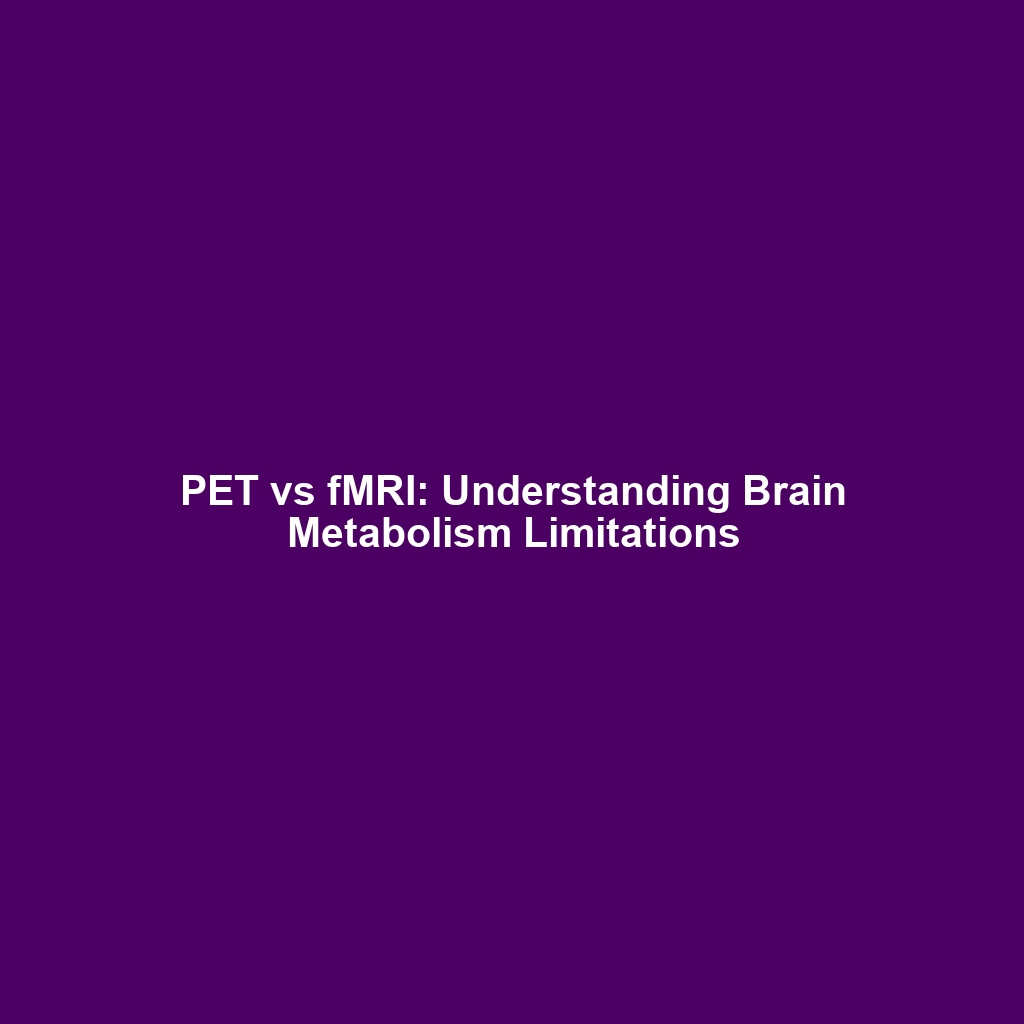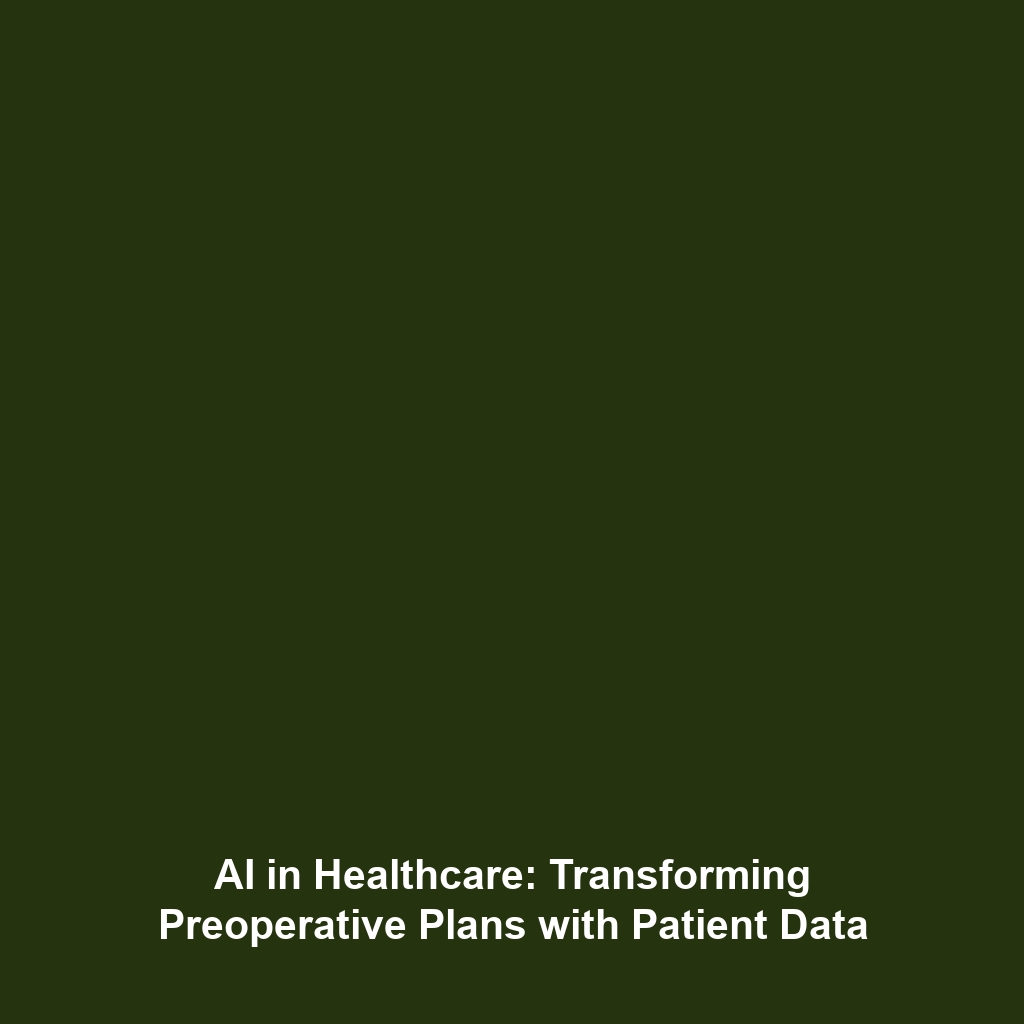Limitations: PET Has Lower Spatial Resolution Compared to fMRI but Provides Important Insights into Brain Metabolism and Neurotransmission
In the realm of biomechanics, understanding brain function is pivotal, especially regarding metabolic processes and neurotransmission. Positron Emission Tomography (PET) offers critical insights that, despite having lower spatial resolution than Functional Magnetic Resonance Imaging (fMRI), significantly contributes to our grasp of brain activity. This article delves into the limitations and advantages of PET, emphasizing its role in neuroscience and biomechanics.
Key Concepts
To understand the limitations of PET in comparison to fMRI, we must look at key concepts in brain imaging technologies.
- Spatial Resolution: fMRI typically provides high-resolution images, allowing for detailed structural analysis, while PET’s spatial resolution is limited, affecting the precision of metabolic localization.
- Brain Metabolism: PET is particularly adept at assessing metabolic processes. It utilizes radioactive tracers that reveal important information about glucose metabolism and neurotransmitter function.
- Neurotransmission Insights: Although PET’s resolution is lower, it effectively maps neurotransmitter systems, providing valuable insights into neural activity patterns.
Applications and Real-World Uses
Understanding how PET is used in biomechanics showcases its practical applications:
- Oncology: PET scans are essential for detecting tumors and assessing the efficacy of treatments through metabolic markers.
- Neurology: PET aids in diagnosing neurological disorders, allowing researchers to study the metabolic processes underlying conditions such as Alzheimer’s disease.
- Research Studies: PET is often utilized in clinical and research settings to gain insights into how the brain metabolizes different substances, affecting biomechanics studies related to movement and physical health.
Current Challenges
Nonetheless, there are several challenges associated with using PET, particularly in biomechanics:
- Spatial Resolution: The inherent lower spatial resolution limits the detailed structural analysis that can be conducted.
- Radiation Exposure: Although minimal, the radiation risk from PET scans poses concerns, particularly with repeated exposure.
- Cost and Accessibility: PET scans can be more expensive and less accessible than other imaging modalities, limiting their widespread use in routine assessments.
Future Research and Innovations
Future research in PET imaging is poised to address several of its limitations while enhancing its role in biomechanics. Innovations on the horizon include:
- Hybrid Imaging Techniques: Combining PET with fMRI may enhance the strengths of both technologies, providing comprehensive data on brain function.
- Advances in Tracer Development: The emergence of new tracers that specifically target neurotransmitter systems can lead to improved insights while reducing spatial limitations.
- Increased Affordability: Efforts are ongoing to reduce the cost and increase the accessibility of PET technology, making it more widely available for research and clinical applications.
Conclusion
In conclusion, while PET has lower spatial resolution compared to fMRI, it offers invaluable insights into brain metabolism and neurotransmission that are essential for advancements in biomechanics. As research continues, the integration of innovative techniques promises to alleviate current limitations and pave the way for groundbreaking insights. For more on the intersection of brain imaging and biomechanics, visit our other articles on Brain Function and Neurotransmission Mechanisms.



